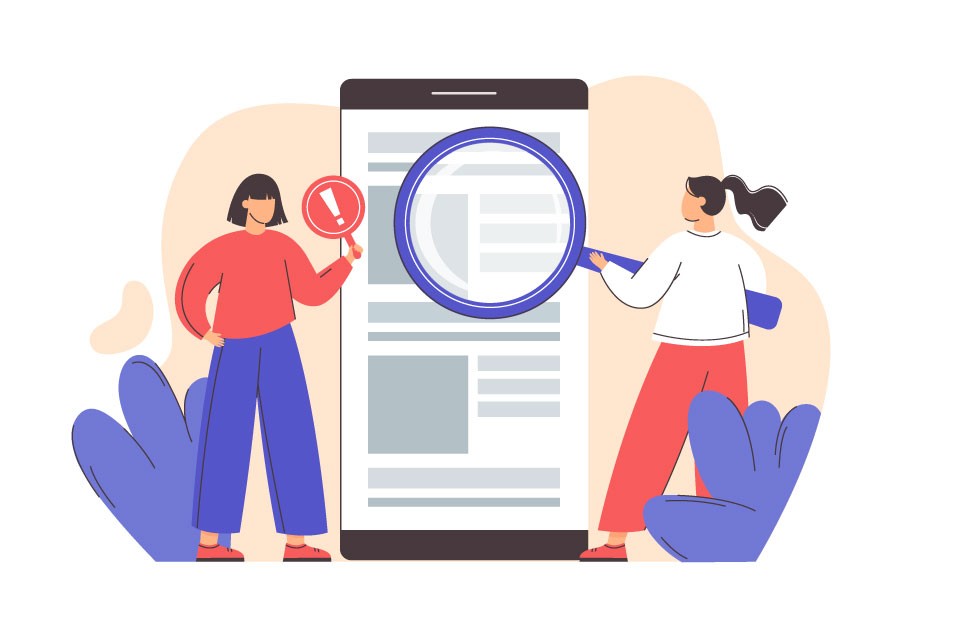Today we’re going to talk about fake websites. I read an interesting article written by Dr. Augustine Fou on Forbes. He has over 25 years of experience as a digital marketer and now audits campaigns for fraud.
In digital advertising, marketers spend millions of dollars on ads. The question is, is every dollar they spend on Programmatic Advertising worth it? Let’s dive deep into these topics with Dr. Augustine.
His first point is that advertisers brought the old-fashioned offline channel mentality into digital advertising. This means that more ads generate more impressions and it leads to better results.
While advertising placements in the printed media are limited, you can have virtually limitless websites and impressions for Google Display Ads campaigns.
These are fine, but how can marketers say their money goes into the right placements and is not being absorbed by fake websites?
The truth is, fake websites don’t have the limitations of real human audiences and they don’t have human audiences. They buy bot traffic, which acts fast while humans usually have slower behavior when navigating.
Fake sites can manufacture as many ads as needed to absorb all that ad spend. So, they can create unlimited ad inventory to sell to big advertisers.
Also, they seem to be efficient. The reason why they can afford to sell cheaper ads is that they don’t have to pay journalists and editors. Because they don’t create real content like the real publishers, they buy bot traffic. Fake sites’ only purpose is to create ad impressions to sell and make money from advertisers.
The problem is that when media agencies see the low prices, they allocate the good mainstream publishers to lower-cost sources. They can say they’re okay with fraud because it’s cheap. But with this mentality, they give more reason for fake websites to exist.
The next point Dr. Augustine makes is: “Why Do Fake Sites Have Higher Viewability?”.
Media buyers often say they buy more from these fake sites because they have better viewability, is this true? Why does it seem like those sites have better viewability? They tricked the measurement! 100% of their ads appear to be viewable, while real publisher’s websites have an average of 66% viewability (one ad on the top, one on the right side, and one at the bottom).
The point is fake websites do everything to appear efficient. But these tricks usually come to light when the advertisers check their reports of their Google Display Ads campaign. Don’t forget “all that glitters is not gold”!
Fake sites also seem to have better CTR (click-through-rate). Those numbers only come from their bot traffic and the bots love to click on ads.
While the fake sites’ CTR is about 5-15%, real human sites only have 0,1-1%. These big numbers look promising to media buyers even though the CTR rate is generated by bots and is noticeably fake.
Another temptation for media agencies to use fake websites is that these sites show low or non-existing invalid traffic (IVT). Even though those reports do not mean the campaign had no invalid traffic. Again, the bots are playing tricks with the measurement. Marketers love to keep showing these fake reports about how efficient their campaigns are.
Here’s an example of bots tricking measurements and generating fake reports:
Mobile apps that are loading impressions in the background while the users are unaware of the bots that trick their detection to mark them as “valid”. So, the advertiser keeps thinking that “everything’s fine”. The smartest bots block the detection tag, so they can’t be measured.
Now we can see that the fake sites have different ways of playing with the numbers that appear in an advertising campaign report.
Here’s good advice from Dr. Augustine: “Run a ‘turn off experiment’ where you pause a digital campaign and see if anything changes. If there are no changes to business outcomes, then you know those digital campaigns were not worth paying for in a business sense.”
I hope that from now on, everyone is going to change how they assess whether a Google AdWords campaign is successful.






